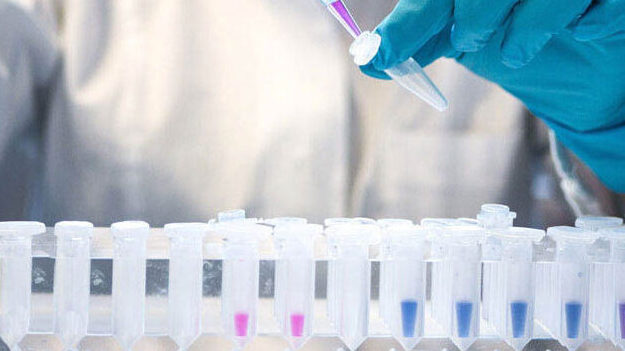Removing AOX from wastewater in the pharma industry
Activated carbon filtration is a widely used technology for contaminated wastewater from the pharmaceutical industry. However, as in all applications, it is crucial to design the filtration system correctly to make optimum use of the carbon.
The problem
This major multinational pharmaceutical company makes vaccines and drugs at its plant in Catalonia to treat conditions such as heart disease and diabetes.
These industrial processes produce wastewater that typically contains adsorbable organic halides (AOX) including trichloromethane (chloroform), chlorophenols and chlorobenzene. Brominated components and organics containing iodine are also found.
Although concentrations at this Spanish plant were very low, varying between 2 mg and 6 mg/Ll, legislation is strict due to the potential harm these compounds can cause to human health and the environment.
The company’s goal was to remove the contaminants completely, so it had installed a two-step treatment process: a bio-filtration system to break down organic components, followed by activated carbon to remove AOX.
The bio-filtration was functioning well. However, the existing activated carbon set-up was inefficient: the client had attempted to convert two existing settling tanks into filters by filling them with a total of 800 kg of activated carbon.
The client found that this carbon was quickly becoming saturated, and needed to be exchanged every three weeks.
This involved pausing production, making the system expensive, impractical and unsustainable. It also meant the client had to handle and dispose of a large quantity of spent carbon on a frequent basis.


The solution
The client saw a DESOTEC filter at another company’s plant, and asked a contractor to investigate. That contractor contacted DESOTEC and introduced us directly to the client.
As it was clear that activated carbon was successfully removing contaminants in this application, though in a highly inefficient manner, we did not need to carry out laboratory tests. The problem lay in the design of the filter itself.
Due to the very low flow rate of 4 m3/h, we initially suggested replacing the client’s filters with one of our smaller models. However, the client wanted to avoid frequent filter exchanges, so instead opted for the larger Mobicon model that would only require an exchange once a year.
We delivered the filter, and the client fitted it as a second step after the existing bio-filter.
The results
The company has only just begun using the DESOTEC filter, but so far, everything is working smoothly. No AOX could be measured after start-up of the filter.
Our filtration systems are carefully designed for maximum efficiency, with different models and carbon grades for different applications, flow rates, and concentrations. Our engineers’ extensive experience in designing and optimising filters is hard to replicate by companies whose expertise lies elsewhere.
The fact that our filters are mobile makes them simple to install, adjust or remove. When it comes to exchanging the filters, DESOTEC technicians handle the process and transport the spent carbon away from the plant to our furnaces in Belgium, where the carbon is reactivatedand the contaminants destroyed.
This reduces the burden on the client, who can instead focus on their own area of expertise: producing life-saving vaccines and drugs.
DESOTEC mobile filtration solutions are an adaptable and effective solution for a wide variety of applications.
We have developed a range of filters to suit different flow rates and concentrations of contaminants. Our engineers are experts in finding and optimising the right model to suit clients’ requirements.
Contact our experts
To discuss your own company’s wastewater treatment needs, contact the DESOTEC engineers today.
Contact our expertsContact our experts
To discuss your own company’s wastewater treatment needs, contact the DESOTEC engineers today.
Contact our experts-
Water & liquid purification
Our mobile filtration solutions purify wastewater and groundwater, and ensure process liquids reach high purity standards. -
Our unique service
Our closed-loop, full-service model is as unique as your business needs. We’ll define the right filtration setup and safely recycle filtration waste, making it easy to go green. -
Your sustainability journey
We care about protecting our air, water and soil for future generations, just like you. Our filtration solutions help you meet environmental standards, reducing your carbon footprint.


